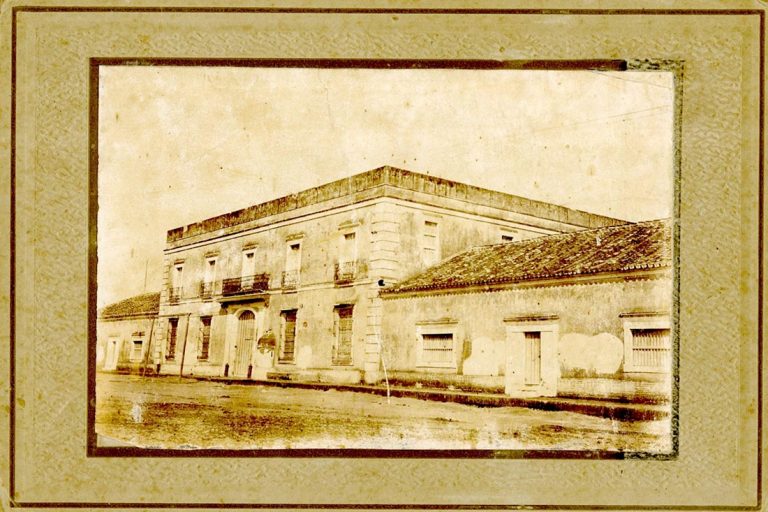If you want to discover the mysteries of a town, examine carefully the language of its buildings to discover data that sometimes books do not offer, and that are saved from oblivion by the cultural memory of the towns, a task that is not so easy in the city churches and waterpots that has dissimilar properties with high historical and architectural values.
In La Vigía, formerly, a neighborhood on the outskirts of the city, an ancient building stands out that surprises by the magnificence and impact -especially of its facade, columns and vestibule- within the urban surroundings, however, its date of construction and original use is far from its current function.
What was this construction in the past that today contains the largest thesaurus in the province with more than 90,000 museum pieces? It is a recurring question, and the answer never ceases to amaze the interlocutors; it was the Cavalry Barracks of the Spanish Army from 1848 to 1898.
In its time…
It was customary for military troops to stay in homes or other establishments in the absence of barracks in the city. Only in 1826 a house for the Artillery Barracks was used, which was in terrible condition.
In turn, separatist demonstrations, conspiracies and liberal ideas spread rapidly in Puerto Príncipe, disagreements between Creoles and peninsula residents increased in public and recreational spaces. The colonial authorities, alarmed by the situation, decided to increase the military forces of the province, for such purposes the Government decided to build the cavalry and infantry barracks.
The cavalry barracks
The lands of the wealthy local Bernabé Ignacio Sánchez Pereira, in La Vigía, sold for 794 pesos and 4 reales in 1845 by his daughter Soledad Sánchez Perira, allowed the construction of the Cavalry Barracks, the blueprint was made by the Spanish military engineer Commander Juan Campuzano .
In 1847 it was partially built, the cavalry troops were quartered in this enclosure, although a decade later it still lacked an artillery supply room. Several authors coincide on its completion date in 1848, with a cost of 60,000 pesos, which were paid with collections from the Treasury of the Jurisdiction; however, a year later other alterations were carried out.
Undoubtedly, the extension of the barracks, its capacity to house the soldiers, the solid walls covered with thick brick that served as a parapet and linked the fortification with the central building, the immense cistern, and other conditions made it one of the best and most extensive on the Island.
On November 24th, 1898, with the departure of the last remaining Hispanic troops in the city, including the Battalions of Tarragona, Lanceros and Cazadores de Cádiz # 22, -reduction of the Spanish military unit- that remained in the city, marked the end of centuries of Iberian domination and with them the military purposes of the barracks.
Of the old that is preserved
And you may wonder, what original elements does the building conserve? An invitation to visit the beautiful living room or patio as the space is commonly called will take you back to time when you approach the trough, where the steeds drank water, the curb well, the thick walls of the building, and other significant architectural features.
But, 176 years from the beginning of its construction and 123 from the end of its use as a cavalry barracks of the Spanish army, legends are woven, erroneous conclusions are reached among mysteries not yet clarified, superficial analysis of some historical data and hasty conclusions of the visitors.
Is there a passageway that linked the facility with the infantry barracks, now the Manuel Ramón Silva Zayas nursing home?
So far in the multiple repairs carried out to the property, no trace appears in this regard, some experts say that it seems unlikely despite its similar purposes.
In the attack of Ignacio Agramonte to the city on July 20th, 1869, was the barracks attacked? Historical data shows that this was not the case; the Mambisa forces did not have enough men and weapons to take the barracks as a strategic military point.
Are the cannons that decorate that place today, supplies that existed in the barracks? The answer is no, they come from Nuevitas and belong to another type of weaponry used by artillery; they are only a mere decoration.
Thus, it only remains to invite you to investigate further through texts about our city, enjoy a visit to the site to travel through time to a transcendental place of Puerto Príncipe’s architecture.
Translated by: Aileen Álvarez García








